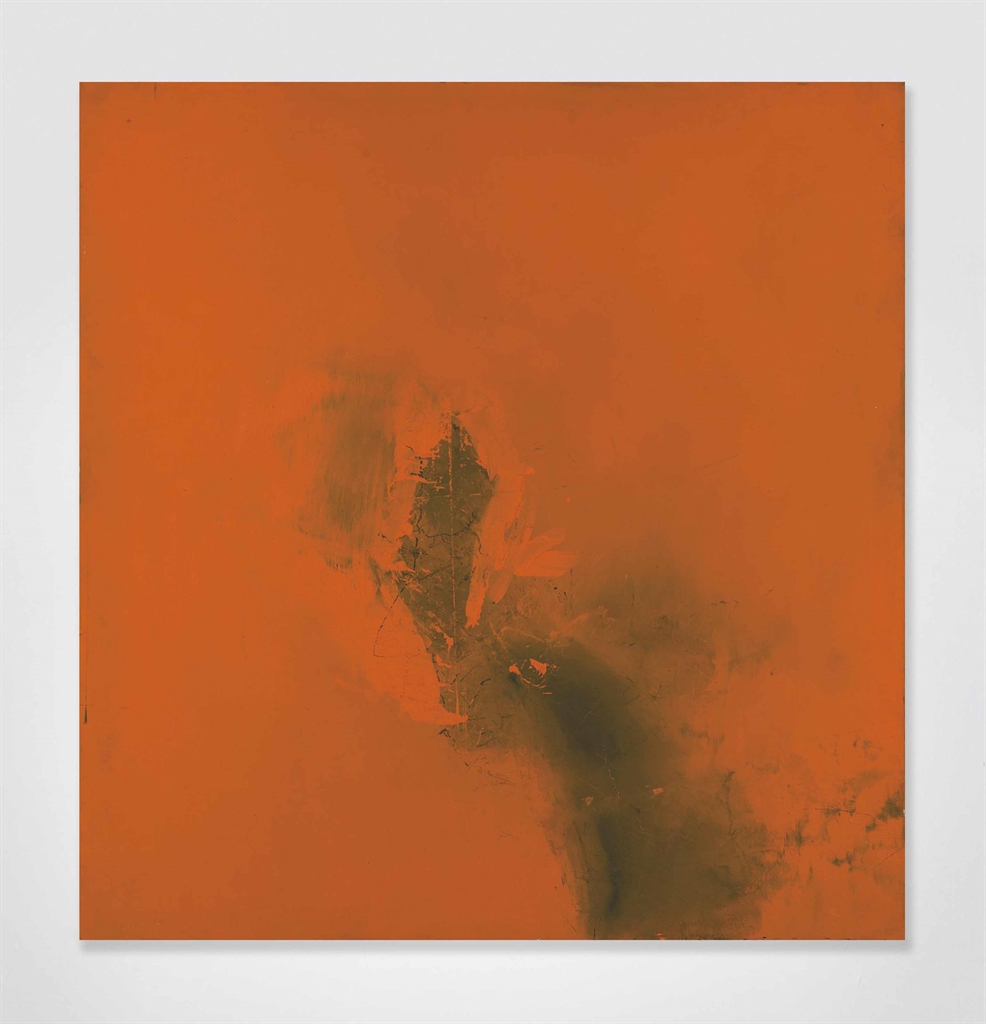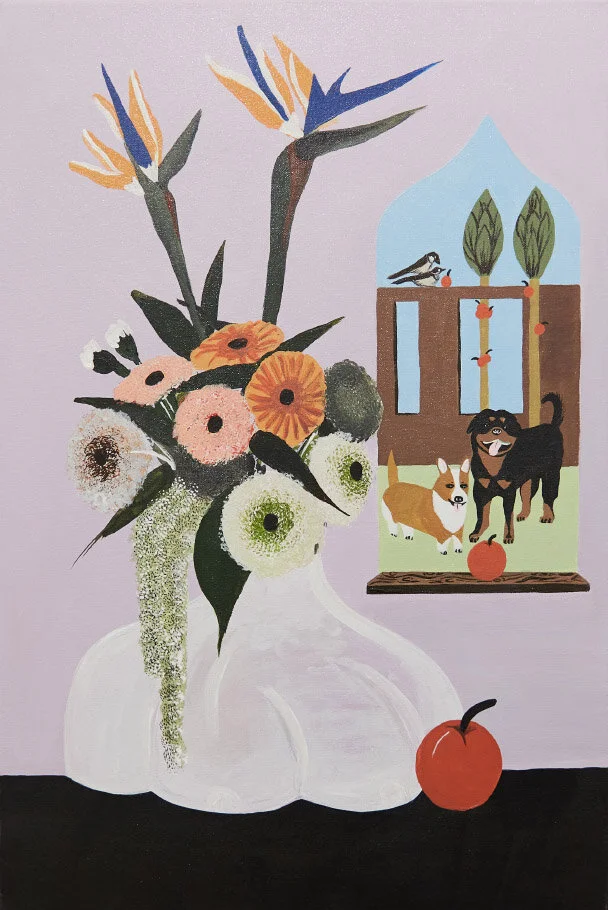Rudolf Stingel
Untitled, 2012
The tangibility of Rudolf Stingel’s work is evident upon first glance with its indents and varied concave and convex patterned surfaces. It brings to question the definition of a painting and illuminates its process of creation. It disturbs the assumed hierarchical relationship between artist and perceiver—who is which and is each exclusive to the other in Stingel’s work? Can art have a collective significance or is it inherently solipsistic? The multifarious textures in Stingel’s paintings created through the artist’s alterations of ready-made objects and visible artistic process challenge conventional aspects of art and allow for an open dialogue.
Untitled, 2012
Untitled, 2012
Rudolf Stingel was born in 1956 in Merano, Italy and currently resides both in his hometown and New York. His work has been featured in the Venice Biennale in 1999 and 2003. The Museum of Contemporary Art, Chicago held a mid-career retrospective entitled “Rudolf Stingel” in 2007. The same retrospective was held at the Whitney Museum of American Art as well. Stingel’s first solo museum exhibition was also exhibited at the MCA and a gallery at the Whitney where he asked the public to interact by marking the softened surfaces of the walls. In 2008, the United States’ Art Critics Association awarded him second place for “Best Monographic Museum Show Nationally” for the 2006–2007 season.
Untitled, 2013
Beginning 2005, Stingel has begun experimenting with photography and created paintings based on photographs by other people. His works have also accompanied performance pieces and encourage interaction among viewers. Like his diverse range of mediums, his works represent a various array of materiality and tones. Stingel’s paintings are mesmerizing in their surface aesthetics, the artistry behind such aesthetics, and the ideas they represent and challenge.
Untitled, 2012
Text by Perwana Nazif
Courtesy of the Artist
Rudolf Stingel
More to read











